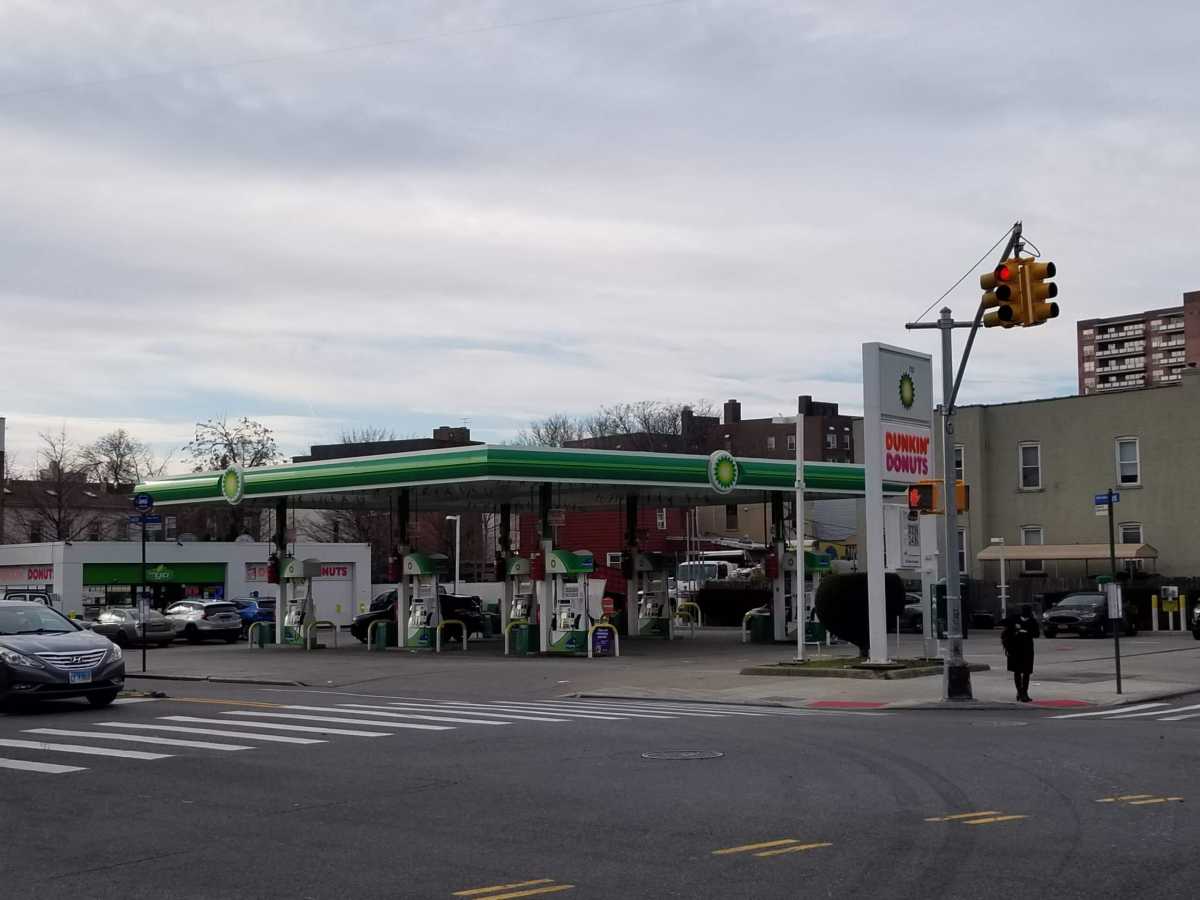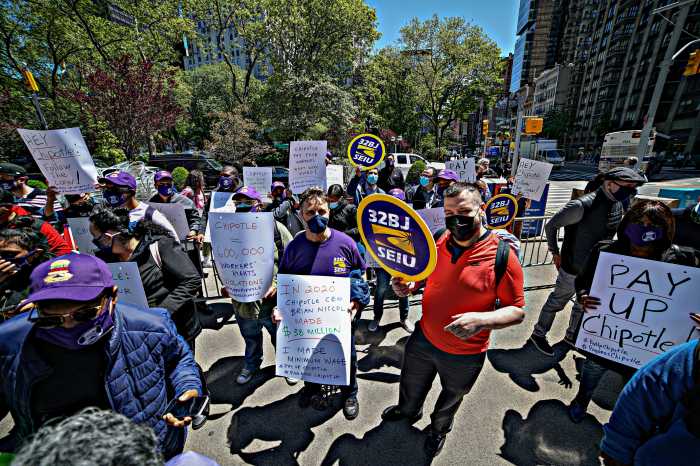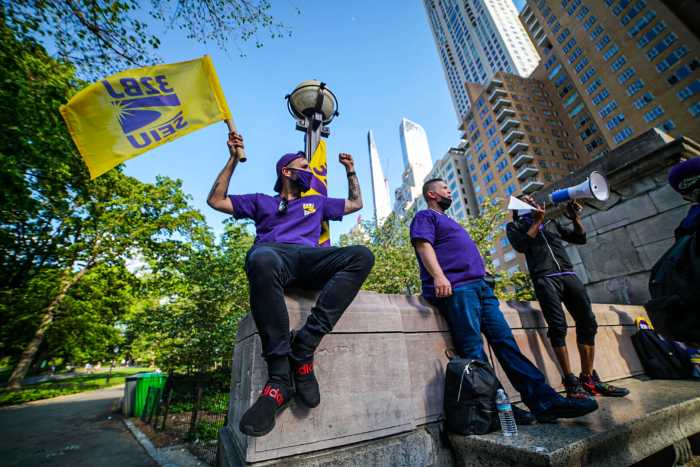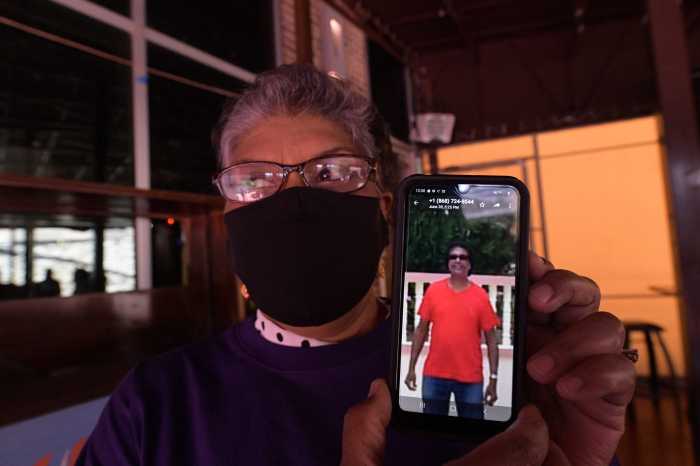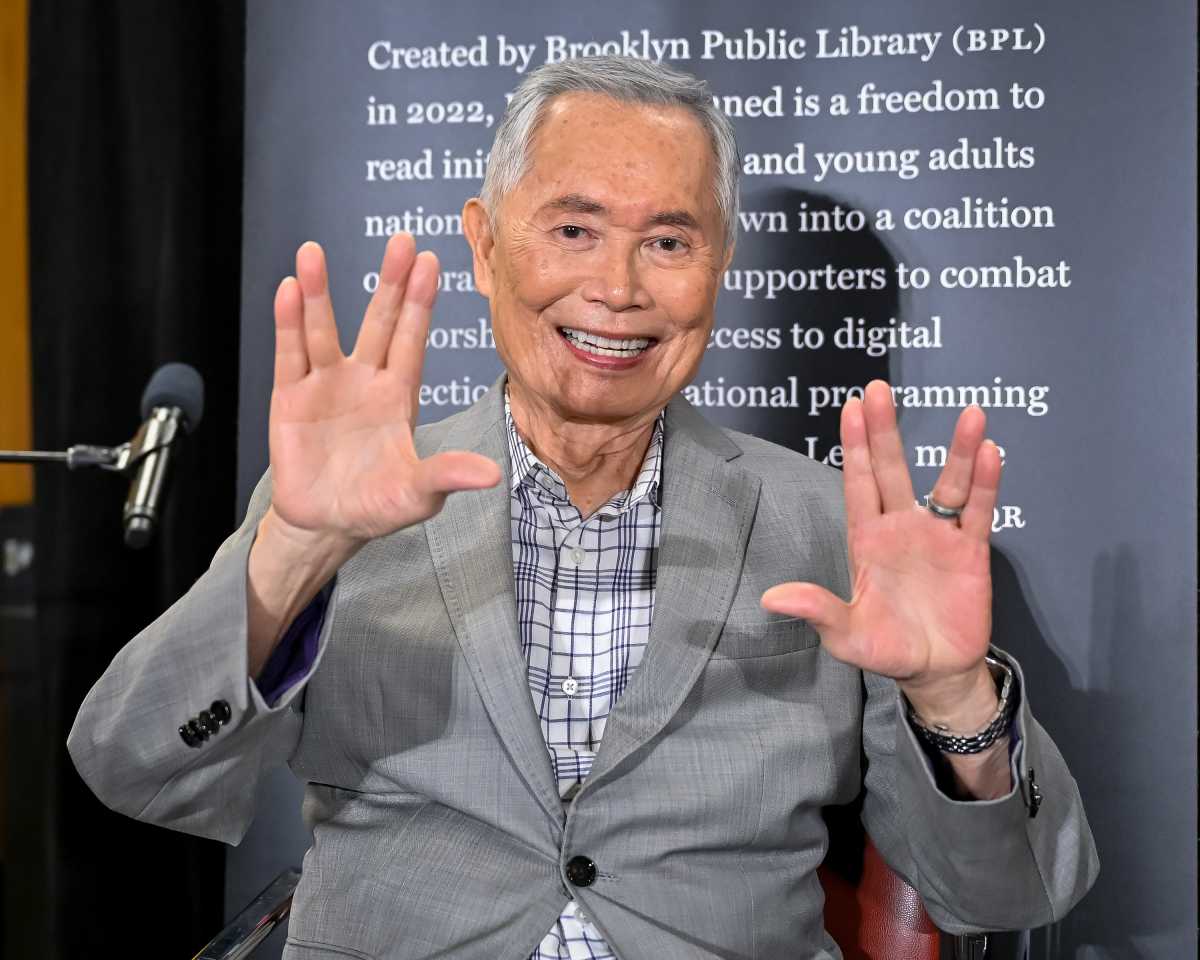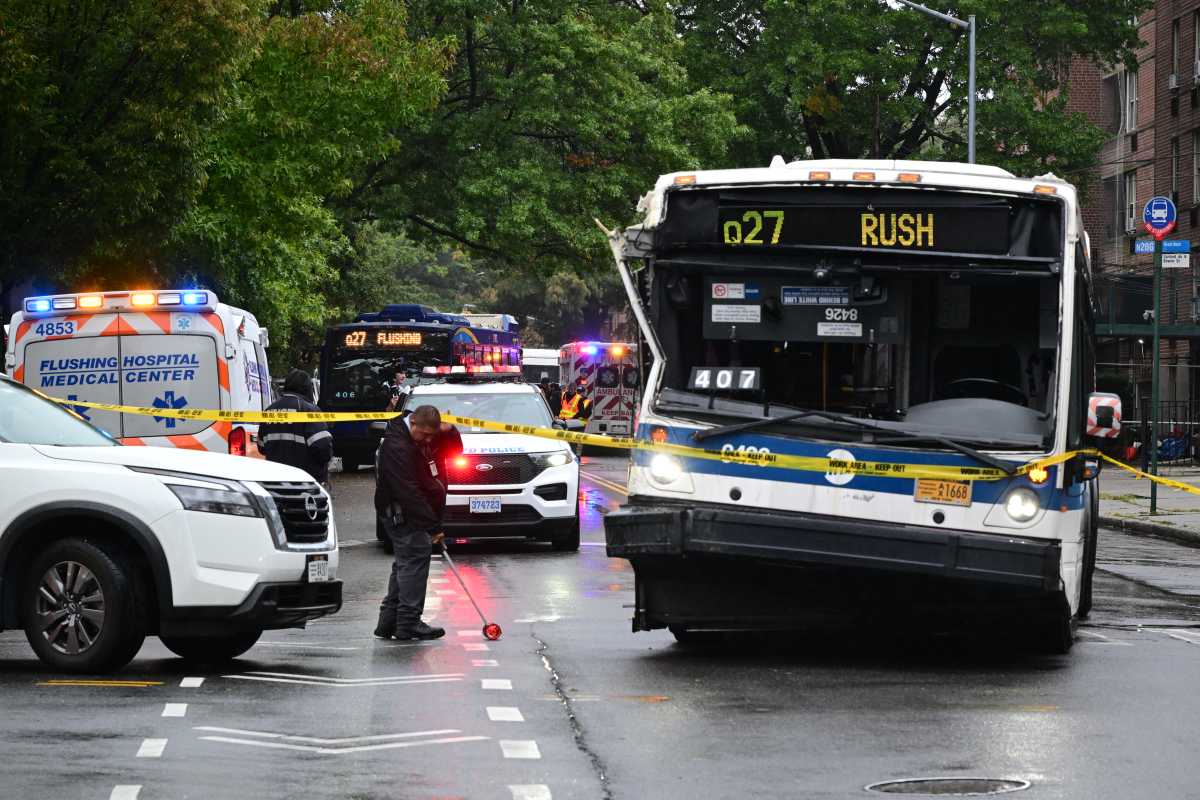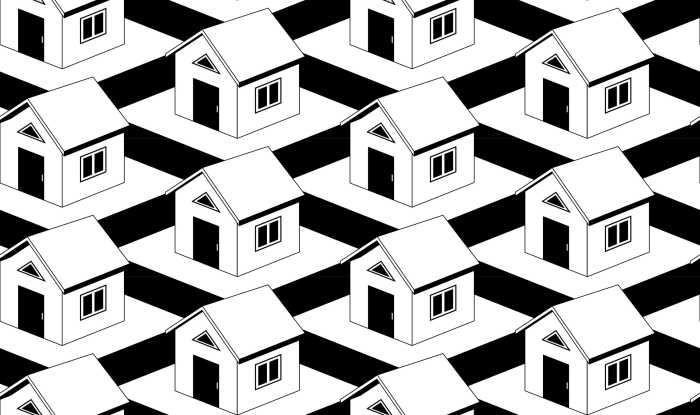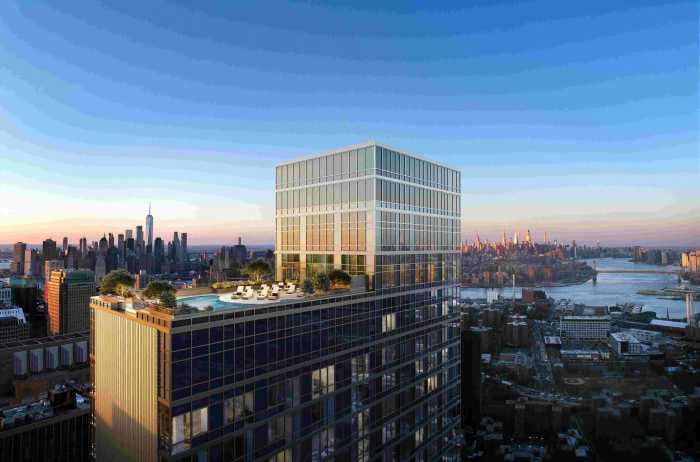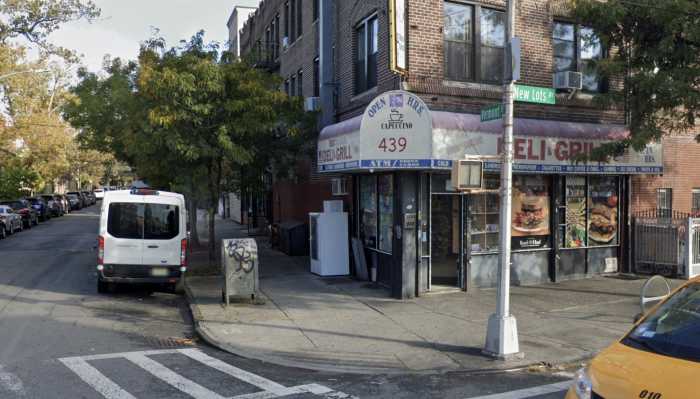Climate Jobs NY (CJNY) Executive Director Jeff Vockrodt and 32BJ (the union representing after school cleaners and handypersons) union member and NYC public school cleaner Angel Ocasio and testified on the urgent need for school infrastructure investments during a New York City Council hearing on Civil Service and Labor.
The hearing, which took place Feb. 23, addressed the dire need many educators have been facing with a lack of safety or updated infrastructure within their classrooms that can lead to injury or even an increase in COVID and viral transmittance.
Many NYC school buildings are extremely old, with the average NYC public school building being about 66 years old. With old buildings naturally comes old infrastructure. Unable to repair old pipes, many after-school workers who maintain the buildings have to stay overnight in order to ensure the buildings remain operable.
“Just a few months ago in October, over 250 of my coworkers throughout NYC schools had to stay overnight at school buildings to protect the schools from flooding,” said Ocasio during the hearing. “Unfortunately, this type of effort is not unusual for cleaners and handypersons at NYC schools. My coworkers often have to stay overnight to make sure boilers are running properly when the temperatures are below freezing, otherwise pipes might freeze and burst, which has happened in the past. Staying overnight at school buildings to make up for outdated facilities means time away from our families, and unable to get proper rest between shifts.”
Workers like Ocasio are worried that if immediate and speedy repairs aren’t completed city-wide, not only will they not be able to spend time with family and loved ones, but their health and safety could be seriously compromised.
“When buildings are this old, school cleaners have to put in double the amount of effort to do our job. Not all buildings have air conditioning, and it gets harder during hot summer days to do everything we have to do in the extreme heat. There are school buildings with windows over 40 years old, and many buildings have very poor energy efficiency ratings. Many roofs are also very old and whenever there is a heavy rainstorm the roofs are leaking.”
Delaying new retrofitting to old buildings also has a negative impact on the battle against climate change, and will hinder the city’s plans to create carbon-free and healthy schools by 2030.
“There are many reasons to invest in retrofitting schools — an impact on emissions that would be the equivalent of taking 161,000 cars off the road, creating tens of thousands of good union jobs, saving schools more than $70 million a year in energy costs,” said Vockrodt. “But a core reason to invest in New York City schools is the urgency of making schools healthier and safer for students and workers. The right to a safe and healthy workplace is a crucial component of strengthening workers’ rights.”
Vockrodt also stressed how improving school infrastructure will not only benefit the immediate students and school staff members, but will also help to elevate communities of color that have in the past been under-served.
“It’s no secret that many public-school buildings in New York City are in serious need of repairs and upgrades – from antiquated heating and air conditioning systems, to deteriorating rooftops, to faulty plumbing and outdated electrical grids,” Vockrodt said. “That is especially true in too many Black and Brown communities that have been historically underserved and where schools are most in need of investment. It is time to get serious about investing in NYC schools and promote a safe and healthy place for the school community to work and learn.”



